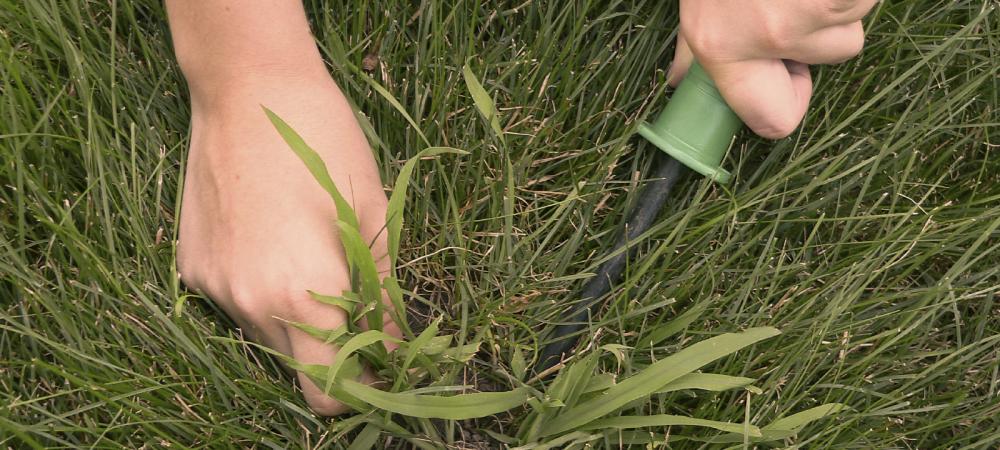Pre-Emergent Weed Control (For More Than Just Crabgrass)

Did you know that pre-emergents can control more than just crabgrass? Often called “Crabgrass Preventer”, pre-emergents can control a multitude of unwanted grassy and broadleaf weeds alike. Here’s a list of some common pre-emergents on the market today: Barricade (prodiamine), Corn Gluten, Dimension (dithiopyr), Dimension 750 (dimethyl tetrachloroterephthalate), Pendulum (pendimethalin), Pestanal (dimethyl tetrachloroterephthalate), Surflan (oryzalin), and Tupersan (siduron). Pre-emergents can control grassy and broadleaf weeds including, but not limited to:
Annual Bluegrass (Poa annua), Barnyardgrass, Carpetweed, Chickweed (common), Chickweed (mousear), Crabgrass (large and smooth), Crowfootgrass, Cup grass (woolly), Foxtails (annual), Goosegrass, Henbit, Itchgrass, Johnsongrass (seedling), Junglerice, Knotweed, Kochia, Lambsquarters (common), Lovegrass, Panicum (browntop, fall and Texas), Pigweed, Purslane (common), Pusley (Florida), Rescuegrass, Shepherdspurse, Signalgrass Broadleaf, Speedwell (Persian), Sprangletop, Spurge (prostate), Witchgrass, Woodsorrel (yellow, from seed), and more.
Pre-emergents work by disrupting certain growth processes in unwanted, invasive plants thus preventing further development. Depending on the specific product used, either the root or initial leaf will be prevented from developing, before the weeds can proliferate through the lawn. All of this activity occurs below the turf canopy.
The timing of pre-emergent application is vital to its success. Once soil temperatures rise to 55 degrees Fahrenheit, seeds begin to germinate. Pre-emergent needs to be applied prior to this trigger-point, with enough time to sufficiently water in (1/2” of irrigation or rainfall is usually sufficient). In Virginia, these applications are typically best completed in February-March, depending on weather conditions.
We’re right around the corner from beginning the busy weed control season. Sign up today for one of our lawn care programs, so we can get your lawn off to the best start possible, and prevent some of those pesky weeds from taking over!
We’re Here To Help
Turf HD has the expertise needed to bring out your lawn’s full potential and we strive to provide exceptional customer service.
If you have any questions about caring for your lawn, we’re here to help.
